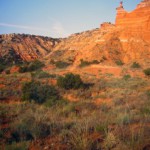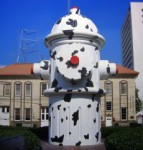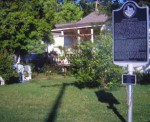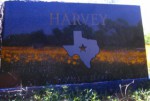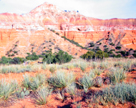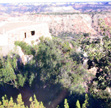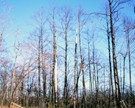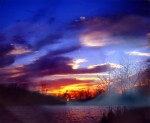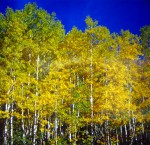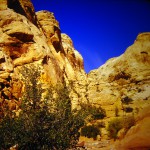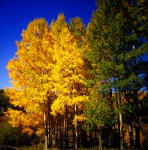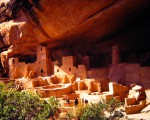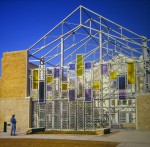 The new Bethel Baptist Church Park was developed while memorializing the history and significance of this land to the Fourth Ward. Fourth Ward was the site of the original Freedmen’s Town neighborhood established by freed slaves after the Civil War. Bethel Missionary Baptist, founded in the late 1800’s by the Rev. Jack Yates, has had three sanctuaries on the same site, the earliest built in the 1890’s. The most recent church building, built in 1923, was gutted by fire in 2005, but the walls are still standing. The city bought the property in 2009 to preserve the church facade and to provide park space. The Bethel Park Project restored three walls and converted the rest of the property into a park. It is a really cool place to sit and meditate.
The new Bethel Baptist Church Park was developed while memorializing the history and significance of this land to the Fourth Ward. Fourth Ward was the site of the original Freedmen’s Town neighborhood established by freed slaves after the Civil War. Bethel Missionary Baptist, founded in the late 1800’s by the Rev. Jack Yates, has had three sanctuaries on the same site, the earliest built in the 1890’s. The most recent church building, built in 1923, was gutted by fire in 2005, but the walls are still standing. The city bought the property in 2009 to preserve the church facade and to provide park space. The Bethel Park Project restored three walls and converted the rest of the property into a park. It is a really cool place to sit and meditate.
